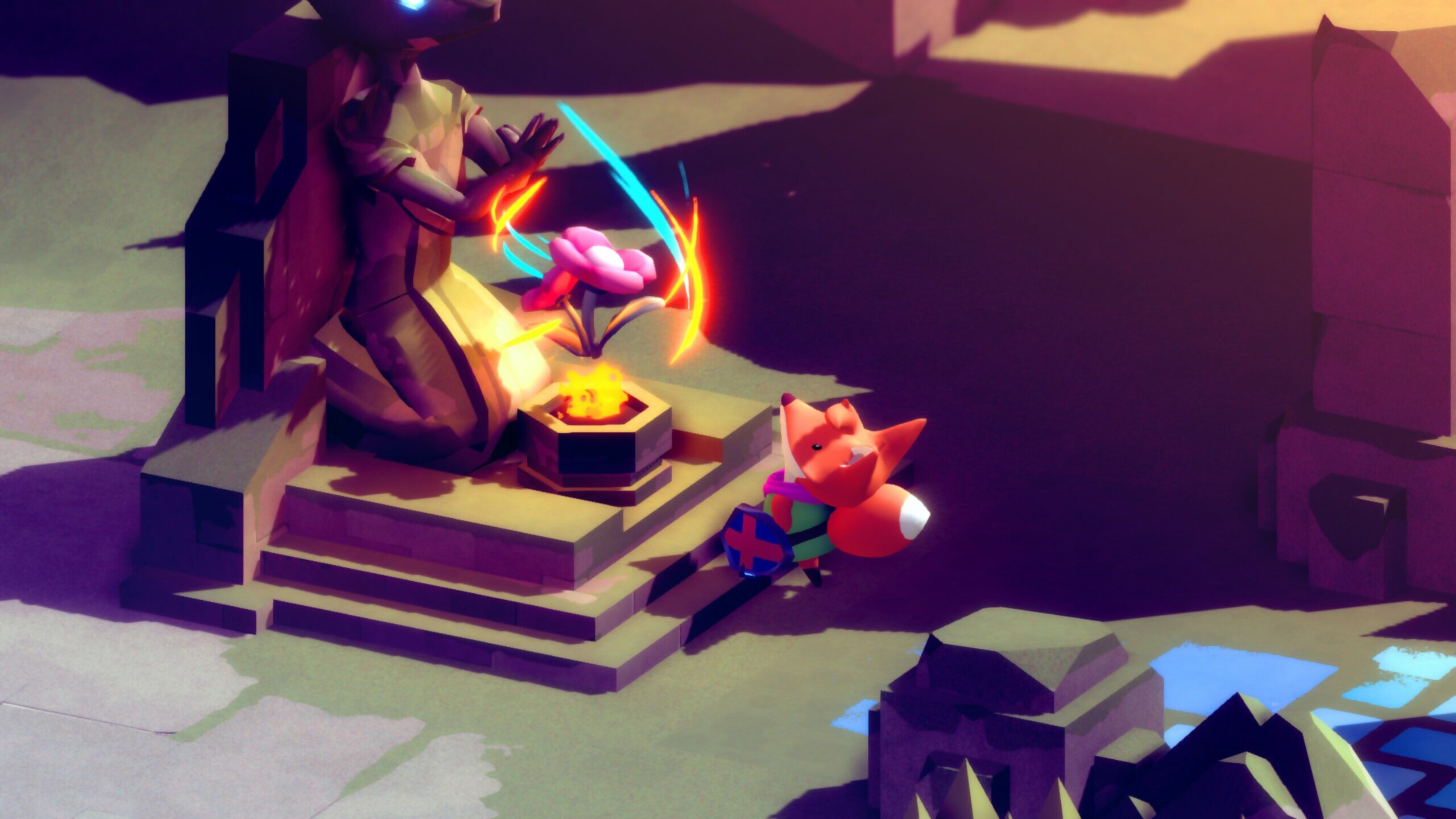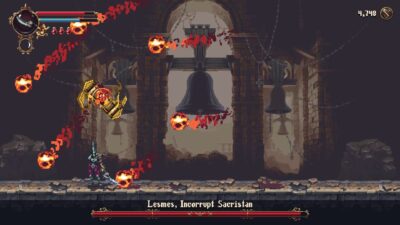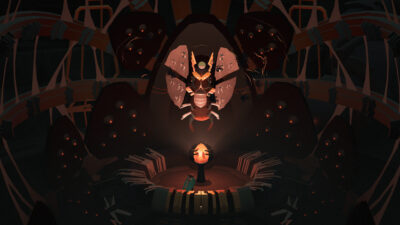
Tunic is a foxy action-adventure that has as much in common with FromSoftware’s output as Zelda. Here’s our review…
From the moment you wake up on the beach of a mysterious island, TUNIC looks and feels like a dream, or perhaps more like déjà vu. The low-poly aesthetic, soft pastel colours, and serene music hints at a cosy time, though the comfort is also down to familiarity as the adorable little fox cub you’re controlling evidently reminds you of someone else who sports a similarly iconic green tunic. Sure, the perspective may be isometric rather than top-down 2D, but you could be fooled that you’re playing a lost bootlegged Zelda game, all the more so given this is not on a Nintendo platform (yet).
Those references are deliberate from solo developer Andrew Shouldice, although its similarities to the 2019 remake of Link’s Awakening are arguably a coincidence. But this is also more than a cosplay, as the game reveals layers of depth under that soft, tilt-shift lens: something more hardcore that tests both your mind and mettle. I say reveal, except that would be a generous description of how TUNIC explains its world and its mechanics to you. In short, it’s intentionally – some might say wilfully – cryptic, even using a glyph-like language for most of its text, though if you’re lucky, you might come across the one translated word to give you a vague idea of what these trinkets you’ve amassed in your inventory do, or where you’re meant to be going.
If you’ve ever played a classic Zelda game, you’ll at least have an idea of what to expect. There are treasure chests to open, tools you can map to face buttons of your choice, and McGuffins to collect from challenging dungeons. However, there are also plenty of other items that might bring back hoarder syndrome, especially as you’re given little inkling of what they do, which also intertwines with a whole upgrade system that the game is very hands-off about, making the normally esoteric FromSoftware seem comprehensible by comparison.

Telescopes let you zoom out to get the lay of the land a bit better, although you don’t get to change the view.
Yet figuring out TUNIC is as much a part of the game as playing it. Part of that comes from page fragments of the game’s instruction manual, delightfully inspired by the ones for NES-era Zelda games, from illustrations of game mechanics and bosses to maps. These fragments don’t come in page order either, with many you definitely can’t find until later on, setting up a new mystery or teasing something else to anticipate (that each page is double-sided also means one side might only have filled in the gap for another half, only for the next side to allude to half of something else). It becomes more than just a reference guide, but its own clever, non-linear narrative.
While there’s some fun in poking around the clues and meanings in the manual, navigating TUNIC’s world isn’t always as effective. That’s partly due to its isometric perspective, which sometimes means the fixed angle might obscure your view, or that it’s not clear if certain platforms are the same accessible height. Although your cub appears as a silhouette when venturing behind walls, traversal can still be a bit of a nuisance, particularly because shortcuts are often hidden from view. These may be intentional, much like the fake walls of Souls games, while NES-era Zelda had its share of secret rooms too, but there’s an inconsistency here, especially on the occasions when the camera does whip around to show you a different angle. Just trying to figure out the solution to opening the mysterious sealed doors in the game is enough of a challenge as it is.

Who doesn’t love an underdog (or underfox?) story. Still, this fight seems a bit one-sided.
Speaking of which, combat also leans more on the Souls side, from stamina management to clunkier movement, which might make TUNIC the most wholesome-looking Soulslike ever. It’s more generous in some ways too, such as how you only drop a fraction of your currency and running doesn’t take up stamina (on the flip side, you receive more damage when you’re knackered and the gauge is flashing an alarming red hue). Still, as a Zelda-like, the methodical clunkiness feels a bit ill-suited compared to a breezier arcade speed like A Link to the Past or last year’s Death’s Door. It can still feel satisfying in one-on-one encounters, such as learning the patterns of a gargantuan boss as you chip away at their health bar, but it becomes more of an issue when tackling mobs and struggling with the targeting system (I found my shield wouldn’t always block an incoming attack unless I was explicitly targeting the enemy performing the action). Some enemies also scamper away just out of reach of your slashes, and while tools like a magic rod or hookshot can close the distance, you’re restricted by a limited MP gauge, which you won’t always have a means to recover.
Despite these quirks, it’s hard to fault an incredible achievement that could have easily just coasted on nostalgia. TUNIC builds on those familiar foundations but adds a modern intertextual quality that rewards interrogation. It’s the missing link that PC and Xbox players have been looking for.
Highlight
Accessibility options include an invincible ‘No Fail’ mode as well as the ability to turn off the stamina gauge. Whether this was a call from Shouldice or publisher Finji (who also published Chicory, another Zelda-like with a generous suite of accessibility options), it’s likely more players will come in expecting a chilled vibe from TUNIC, rather than frequently hearing the cub’s distressing death yelp.





